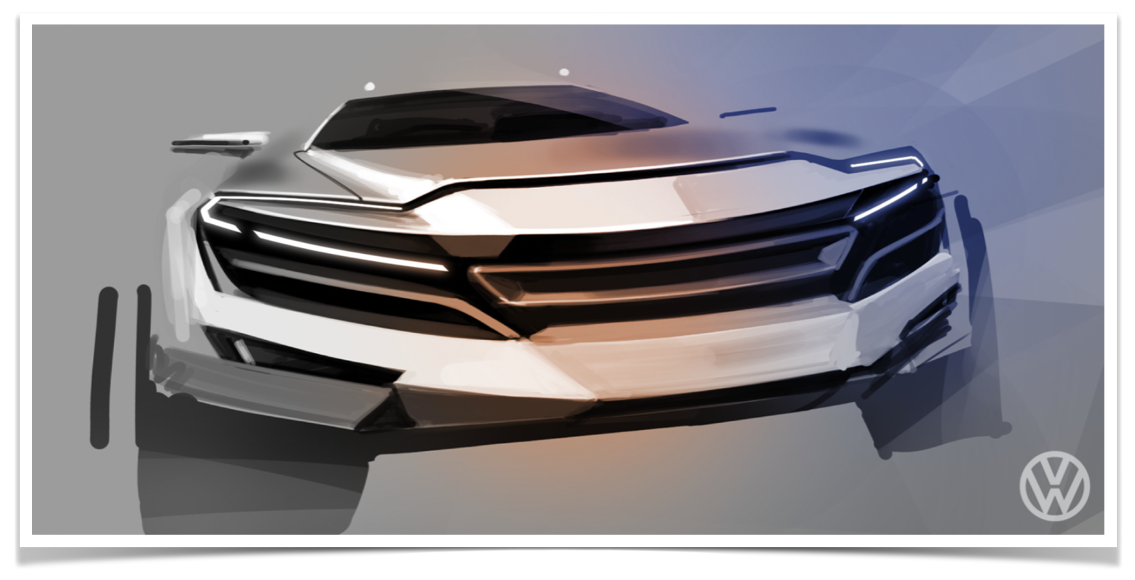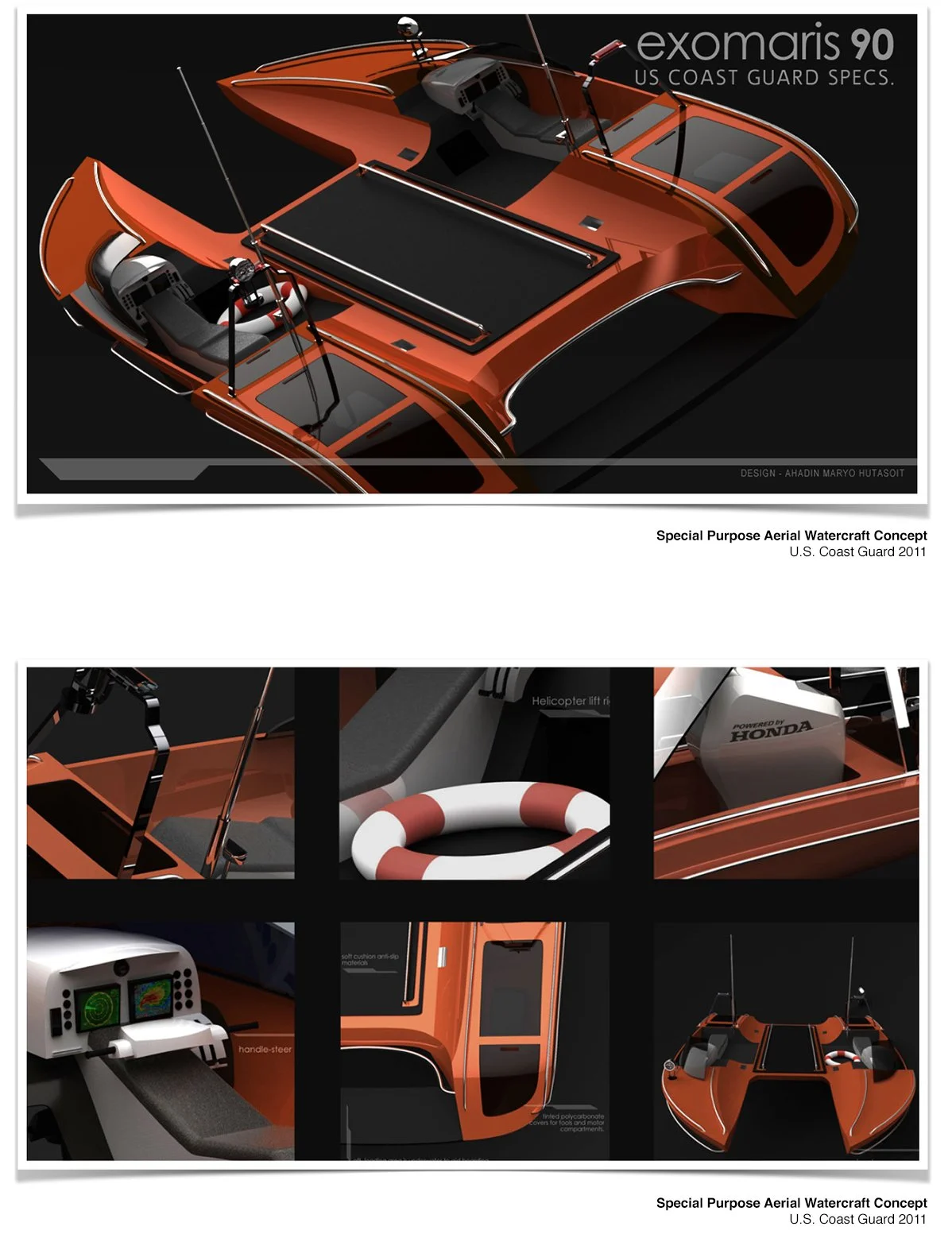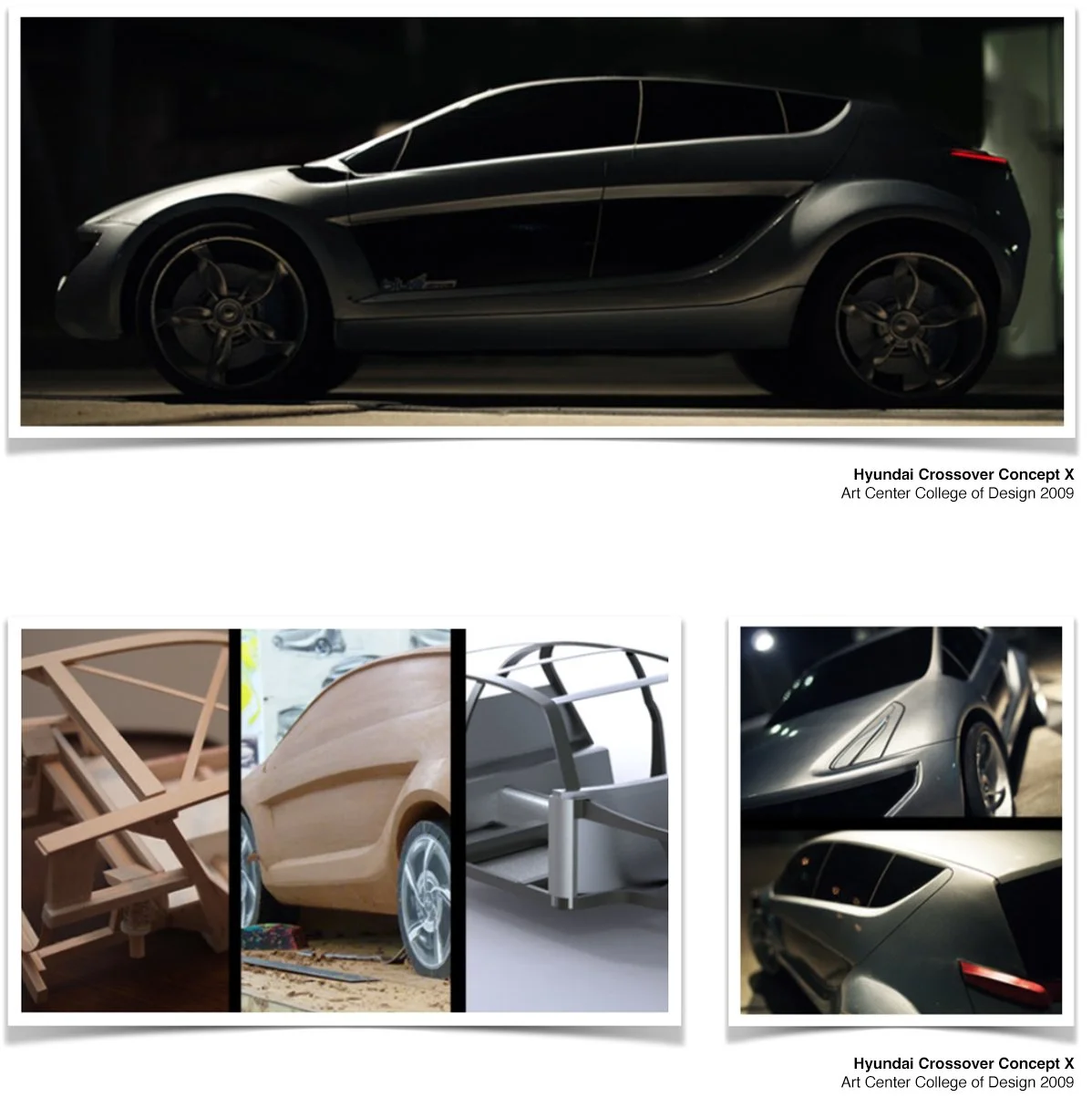Design speaks when it understands its audience.
Good design begins with the right brief.
Successful transportation design starts with defining purpose, validating requirements, and aligning technical constraints with real-world mobility needs. Whether designing a coastal watercraft for military utility or a personal mobility solution for urban commuters, the early groundwork of specification and research ensures every form serves a function.
For OEM automakers, vehicle concepts must go beyond engineering—they must resonate emotionally. That means decoding consumer psychology and merging it with timely design trends to create compelling, viable forms. From Volkswagen to Toyota, the challenge is the same: create a silhouette that inspires desire while reflecting cultural and technological evolution.
Material choices shape the experience.
Today’s mobility concepts are shaped not only by vision, but by tools. Alias, CNC machining, vacuum forming, and rapid 3D printing empower designers to iterate quickly and validate early. These technologies don’t just increase speed—they reduce guesswork, translating sketches into tangible prototypes with precision and purpose.
From metal alloys to molded plastics, etched glass to premium leathers, material selection is where practicality meets perception. Exterior parts must meet safety and durability standards, while interiors must evoke refinement and comfort. Designing for transport means navigating both: optimizing form, fabric, and finish to meet exacting specs and elevate the user’s journey.



